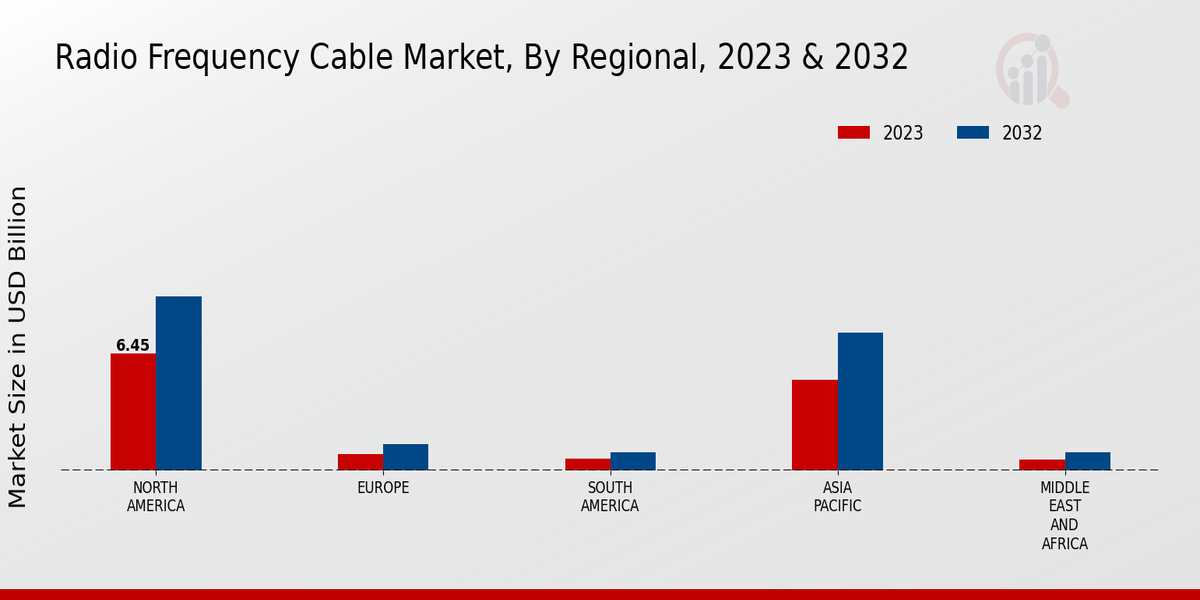Major players in the Radio Frequency Cable Market industry are constantly developing new and innovative products to meet the changing needs of customers. In 2023, several key Radio Frequency Cable Market players, including Amphenol, CommScope, TE Connectivity, L-com, and Rosenberger, announced the launch of new high-performance radio frequency cables designed to support the latest advancements in wireless communications. These new cables offer improved signal integrity, low loss, and durability, making them ideal for use in base stations, antennas, and other critical applications.
Leading Radio Frequency Cable Market players are also investing in research and development to explore new technologies and materials. For example, some companies are working on developing radio frequency cables that can operate at higher frequencies and support higher data rates. These developments are expected to drive the Radio Frequency Cable Market development and growth in the years to come.Key participants in the Radio Frequency Cable Market, such as HUBER+SUHNER, are concentrating on expanding their product offerings to reach a wider range of clients. HUBER+SUHNER declared the introduction of the SUCOFLEX 1000 family of flexible radio frequency cables in 2023.
These cables are made to withstand the harsh conditions found in telecommunications, industrial, and military settings. Similar to this, Radio Frequency Cable Market competitors like Belden are concentrating on developing cutting-edge solutions for specialized applications. Belden released the 9913 Ethernet cable in 2023, which is made to work with high-performance industrial networking systems and has improved signal transmission and noise resistance.Additionally, in order to increase their market share, numerous Radio Frequency Cable Market companies have implemented strategic collaborations and acquisitions. For instance, in 2023, TE Connectivity announced the acquisition of ERNI, a prominent manufacturer of high-speed connectors and cable assemblies.
This acquisition enabled TE Connectivity to broaden its product portfolio and cater to a wider range of clients in the Radio Frequency Cable Market industry. Similar to this, CommScope revealed its intention to buy the Broadband Network Solutions division of TE Connectivity in 2023. This move was intended to improve CommScope's position in the market and give it access to TE Connectivity's cutting-edge technologies. With these collaborations and acquisitions, the Radio Frequency Cable Market Competitive Landscape is anticipated to become more dynamic, which will open up new prospects for firms to innovate and expand.
























Leave a Comment